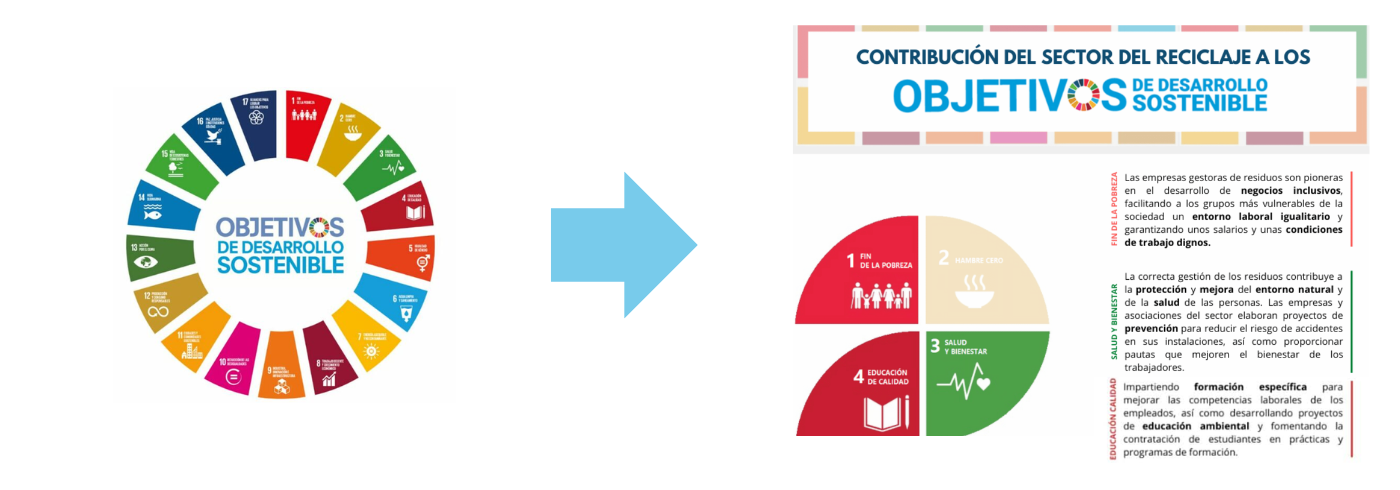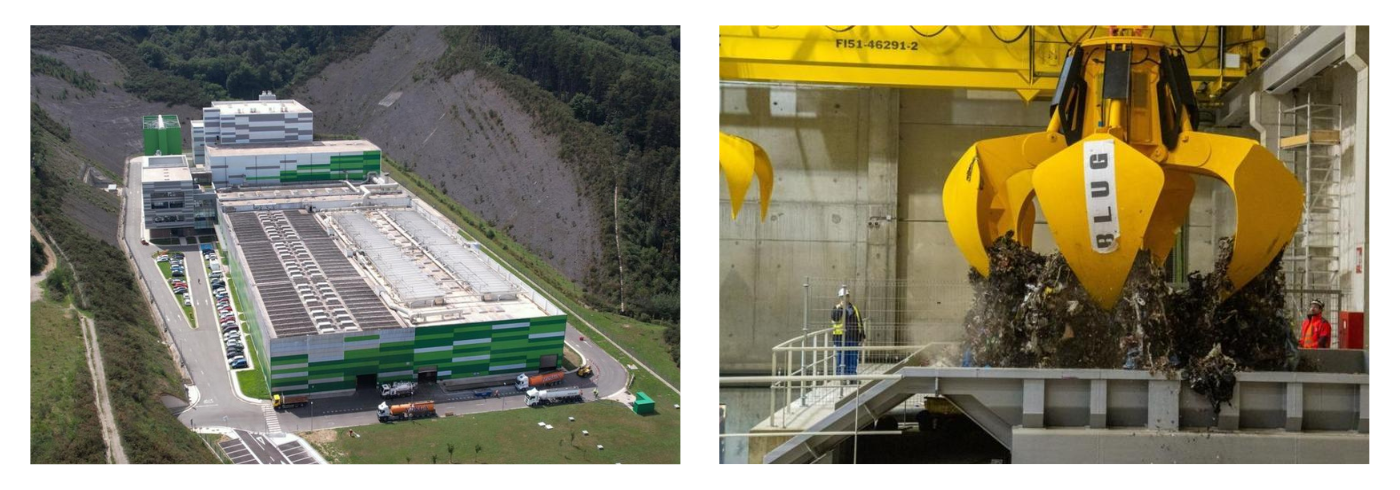The European Union is moving steadily towards a more sustainable future. Among the targets set in its ambitious 2030 Agenda, one stands out: by 2035, less than 10% of municipal waste generated should end up in landfill. This commitment aims not only to improve recycling rates, but to radically transform the way we think about waste management across the continent.
Looking at the European landscape, we find countries that are already very close to meeting these targets. Member States such as Germany, the Netherlands and Austria have for decades been committed to a combination of prevention, advanced recycling and energy recovery of non-recyclable waste, achieving landfill rates well below 10%.
The European experience shows that achieving these targets is possible, but it requires political will, technological innovation and a profound change in waste management.
In this context, Spain still has some way to go. Currently, around 45% of municipal waste in our country ends up in landfills, a figure that falls far short of European objectives. The challenge is not a minor one and cannot be solved simply by increasing recycling rates: it is also essential to make progress in prevention, in more efficient selective collection and in opening the debate on a solution that is still pending in many areas of Spain: energy recovery.
Recycling and Valorisation: the perfect match
Currently, there are different technologies with TRL degrees that more than assure their development, both in the mechanical, biological and valorisation part.
This ensures a very comfortable position when designing a global management strategy for any type of waste.
Should it be a purely mechanical solution, should it be a purely energetic solution?
Like any decision, the best position is to be found in the right measure between the distant opposites.
This is the way forward, we must know how to analyse the reality of the material (composition, fluctuation over an annual period, quantity generated, management capacity). The reality of the environment (raw material needs, energy resources, space resources).
And thus prepare the strategy, but always thinking in the long term. This is the case of the energy recovery plant in Zubieta (Gipuzkoa), which is an example of success. Despite initial opposition, it is now widely accepted by the community and has made it possible to close landfills and reduce the region’s environmental footprint. However, these projects are complex and require political and social consensus, often over the course of several legislatures.
Energy microgrids a solution to two problems, waste management and energy security
In line with these challenges, the Future4Circularity event took place on 20 March; an event that brings together the most influential personalities and leading entities in the waste management and circular economy sector in Spain. The purpose of the meeting is to redefine the way we manage available resources and close production cycles efficiently.
Bianna participated in it, where our CCO, Alberto Hernández Minguito, presented a key idea: decentralised energy recovery can be an essential part of the solution. This strategy avoids transporting waste over long distances, converts waste into a local resource, generates employment and returns the economic benefits to the communities themselves.
Overcoming sterile debates and moving towards sustainable, local and efficient solutions is essential if we want to meet European commitments… and, above all, protect our environment for future generations.
You can watch Alberto’s reflections and the rest of the debate in the video below.


